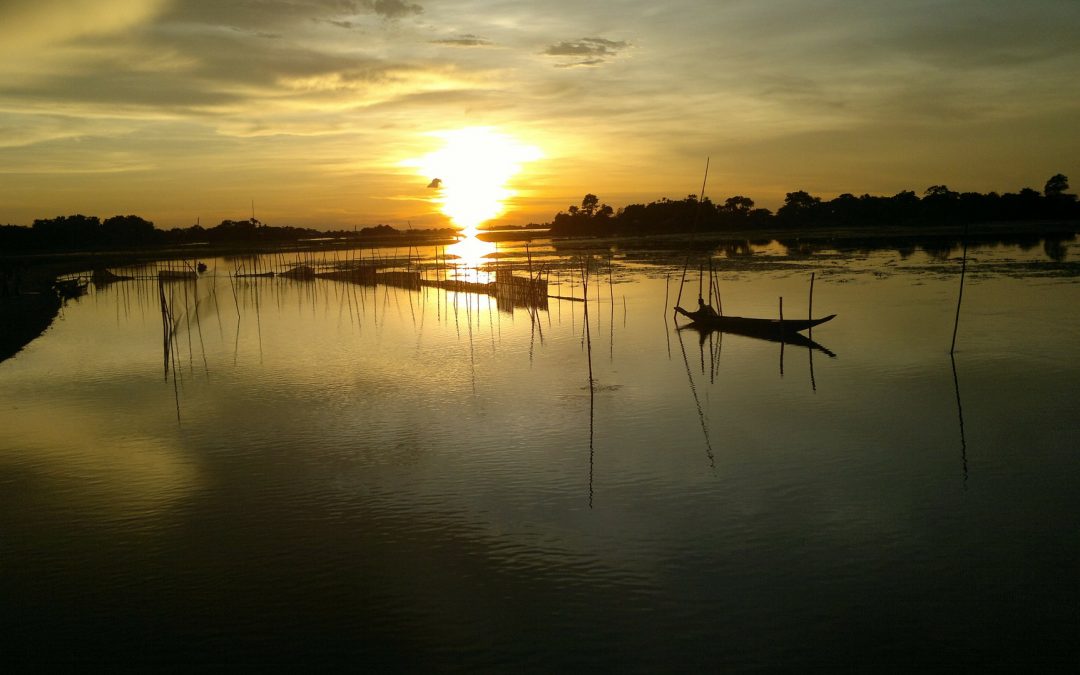By Stuart Rutherford, Honorary Research Fellow at The Global Development Institute
In developing countries like Bangladesh, Digital Financial Services (DFS) usually refers to transactions made over the mobile phone, using variants of the system pioneered in Kenya by m-Pesa.
There is much optimism that DFS can revolutionise financial inclusion: for example, the incoming CEO of CGAP recently said that ‘what took banks over 100 years to do in Africa has been achieved by mobile operators in 10’. Others are far more cautious, pointing out that just having a mobile money account doesn’t mean someone is ‘financially included’ and that the range of services offered by DFS still falls short of the real needs of low-income people.
In this context, we looked at what the Hrishipara Daily Diaries show us about DFS use in central Bangladesh:
For the period 2017-2019 the Financial Diaries Project is receiving support from UNCDF’s Shaping Inclusive Finance Transformation (SHIFT) Programme.
Read more analysis based on the Hrishipara Diaries:
- What the poor spend on health care?
- How the poor borrow?
- What do poor households spend their money on?
- Tracking the savings of poor households
Note: This article gives the views of the author/academic featured and does not represent the views of the Global Development Institute as a whole.


Thanks for your sharing.
Thanks for sharing your experience on the DFS use by the rural poor. Even though right at this moment DFS may be not playing any critical r5ole but, the evolving trends in mobile money and digital technology based agent banking spreading into the countryside have immense opportunities for the rural poor to manage their finances My question to the author is have you been tracking any change in the use mobile money and other digital financial services by the diarists? If so, what is that? If the author sheds light on the emerging trends and what are the areas that need to take care of by the regulators, policy makers and other market participants to enhance financial access and usage through digital pathways that would be a critical window of the rural Bangladesh to look through.
Thanks for the nice video